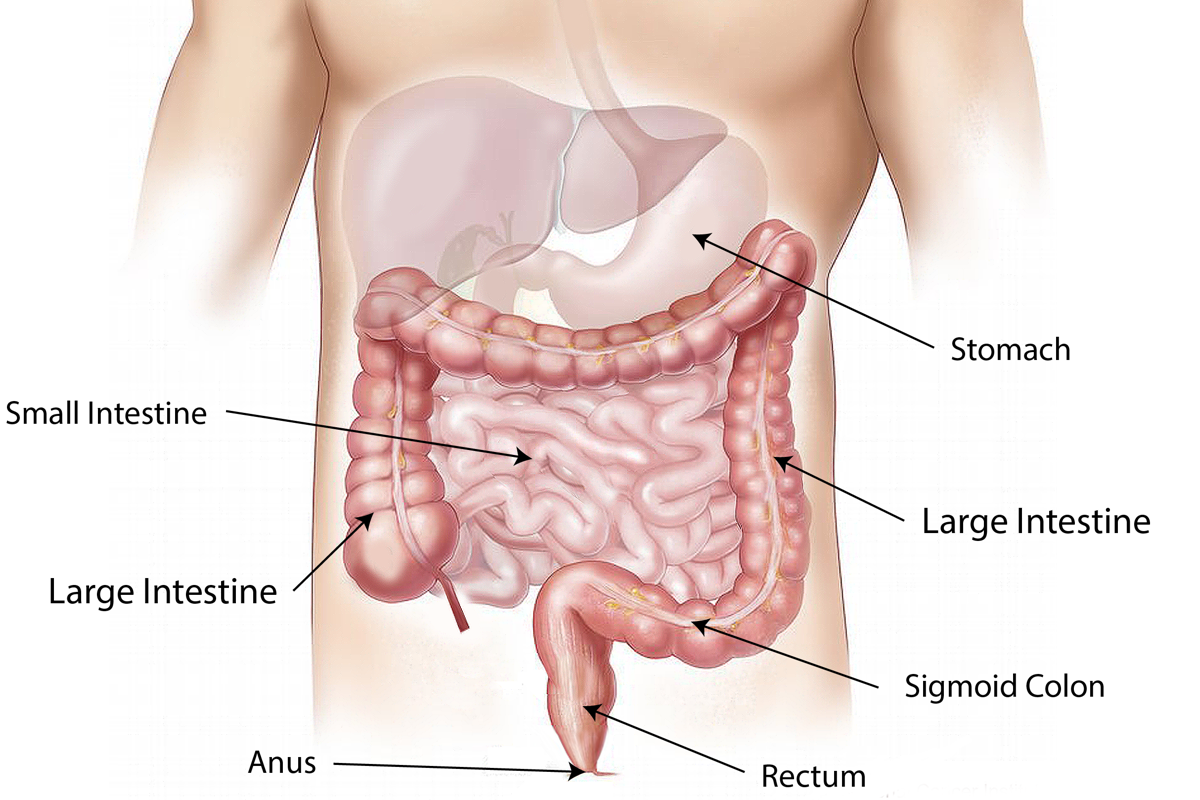The scientific name of Betaine is trimethylglycine or trimethylamine ethyl lactone, the molecular formula is C5H11NO2, its relative molecular weight is 117.15. Amphoteric compound, neutral in aqueous solution, white ribate or leaf crystal, melting point 293℃, can withstand the high temperature of less than 200℃, with strong oxidation resistance, moisture retention. The molecular structure has two characteristics: firstly, the charge distribution in the molecule is neutral; Secondly, it has three active methyl groups.
Methyl is a necessary group for the synthesis of methionine, choline, creatine, phospholipid, adrenaline, RNA and Deoxyribonucleic acid, which have important physiological functions. It plays an important role in immune, nervous, urinary and digestive systems. The nutritional mechanism of betaine is the most effective methyl donor in vivo. The main sources of methyl in animals are betaine, choline and methionine, and the theoretical methyl donor capacity of the three is 3.7:1.6:1. However, isotope studies have proved that betaine is 12-15 times more efficient as a methyl donor than choline.

Choline can be converted into betaine in mitochondria with the participation of VB12 and riboflavin, and the transformation of choline in mitochondria can be inhibited by metal ions and ionic anticoccidiasis drugs. The methylation of betaine was controlled by both methyltransferase (BHMT) and β -cysteine synthetase (β -cysteine). Under conditions of deficiency of methyl groups, betaine significantly increased the activity of BHMT in liver, and homocysteine received the methyl group from betaine and produced methionine. Under the condition that methyl satisfied the needs of the organism, the formation of cysteine through the conversion of sulfur was stimulated by enhancing β -juvenile activity, and the metabolic pathway of methyl was in a stable dynamic balance. Homocysteine can only be metabolized by methionine in the body. Therefore, betaine can not replace methionine, but can save methionine dosage.